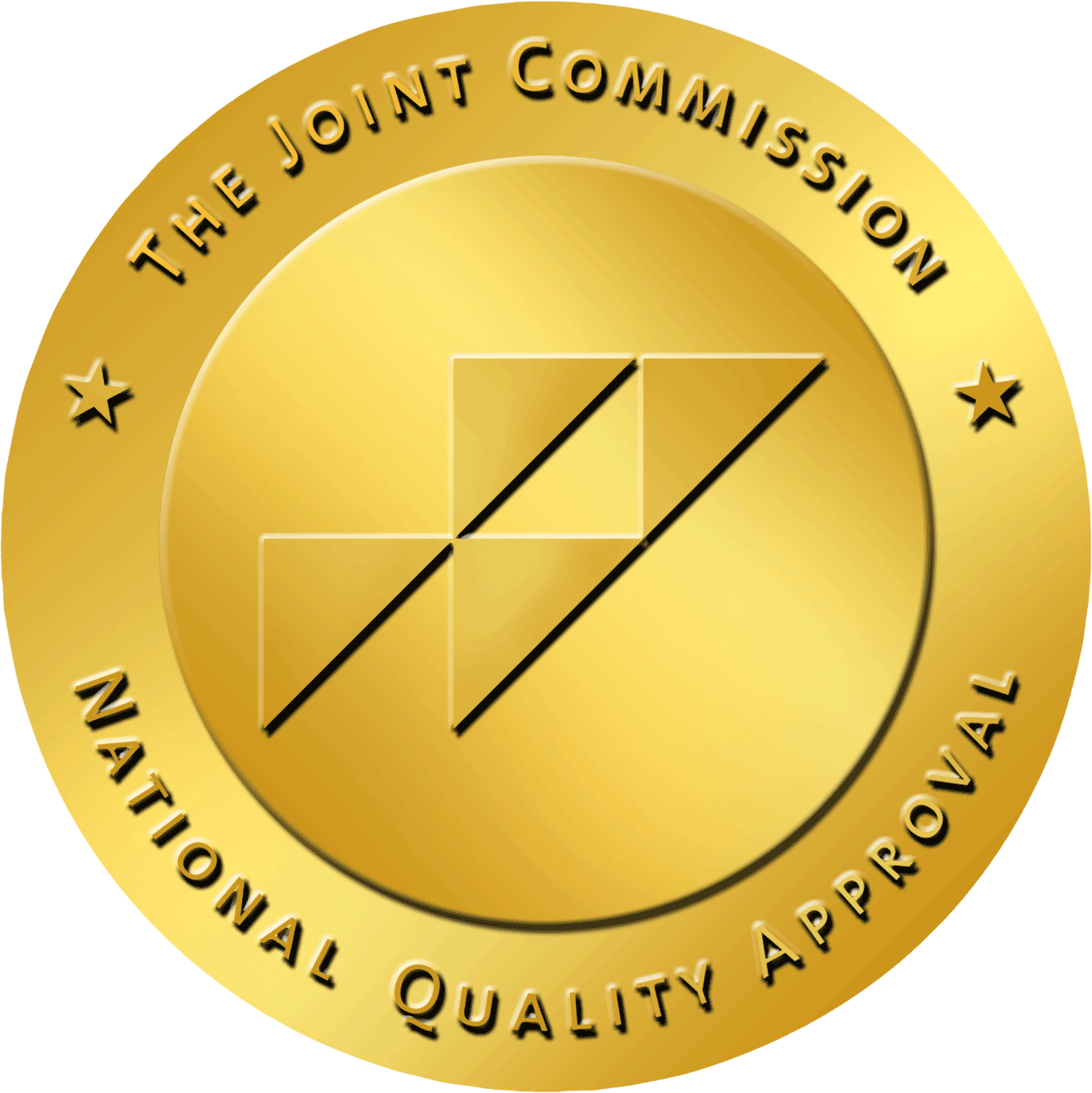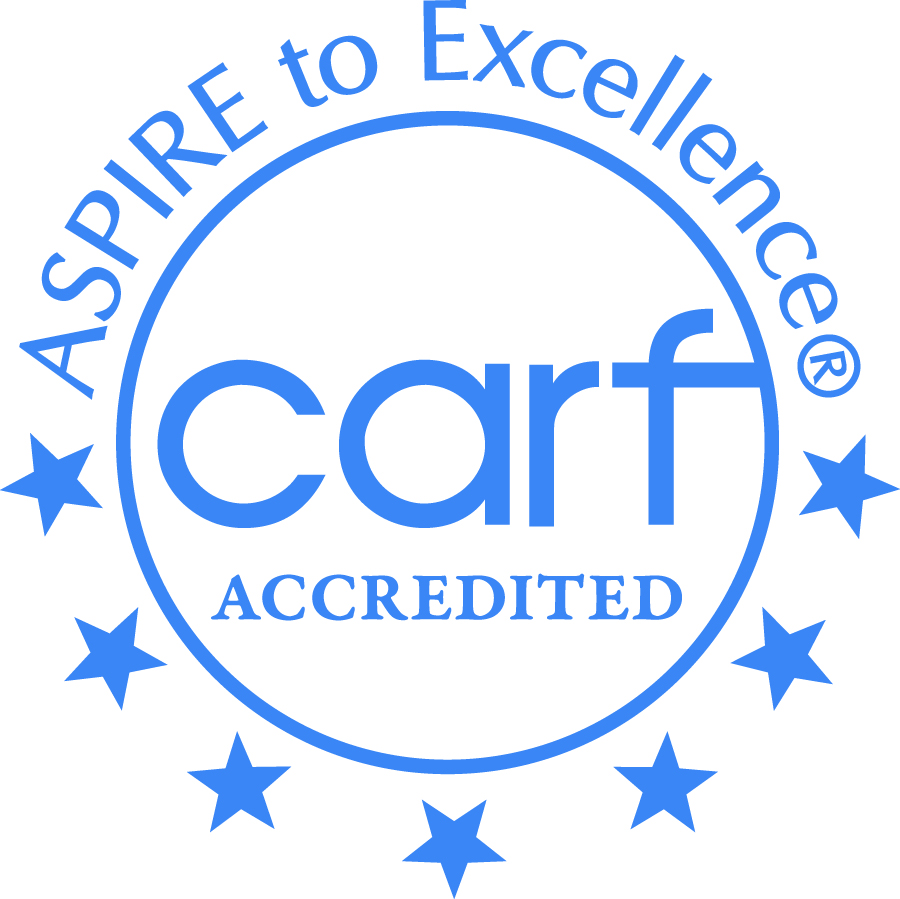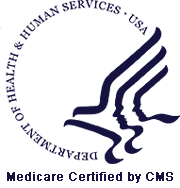Former WWE wrestler Mark Henry pledges his brain to CTE research
Former professional wrestler, Olympian, and powerlifter Mark Henry has earned his title as the World’s Strongest Man time and time again throughout his career. Now that he is retired, though,…
Read


